A plastic package is still useful for our life, I’d say. Have you ever thought about why these packages use plastic material? What for? Using too much plastic packaging is not good for our environment. I have no doubt about that. But there is no denying that a plastic package has made your life more convenient in Japan. Today, I’m sharing some tips that you might not know about Japanese packages.
1. To make a food more attractive
Visibility is really important when customers choose some foods in the supermarket. You can recognize how delicious or fresh it is immediately. This plastic uses a special technique which is called Anti-fog coating. The transparent plastic is usually easy to fog, like your wearing glasses, because of the difference in temperature and the condensation of water. It makes foods look more clear because it prevents them from fogging up. If the package is fogging up, you’ll never know how delicious it is! This technique is widely used in various foods like desserts, Sashime, Sushi, Bento, etc.
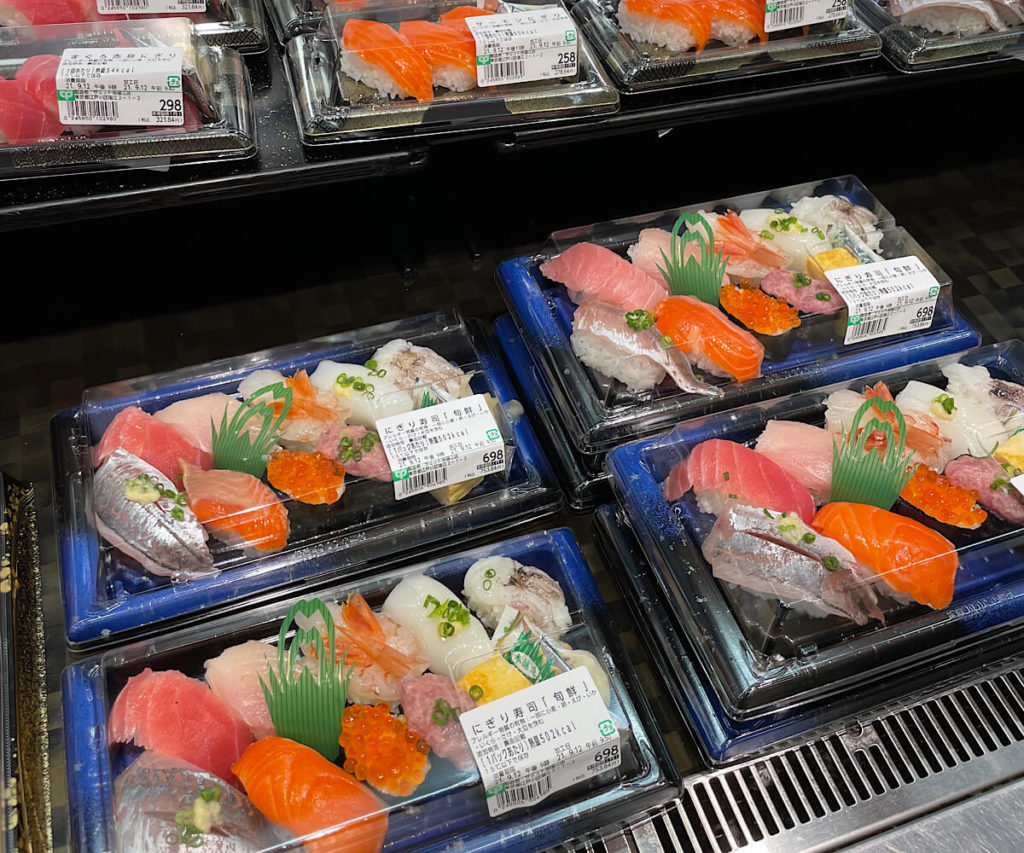
2. Easy to open
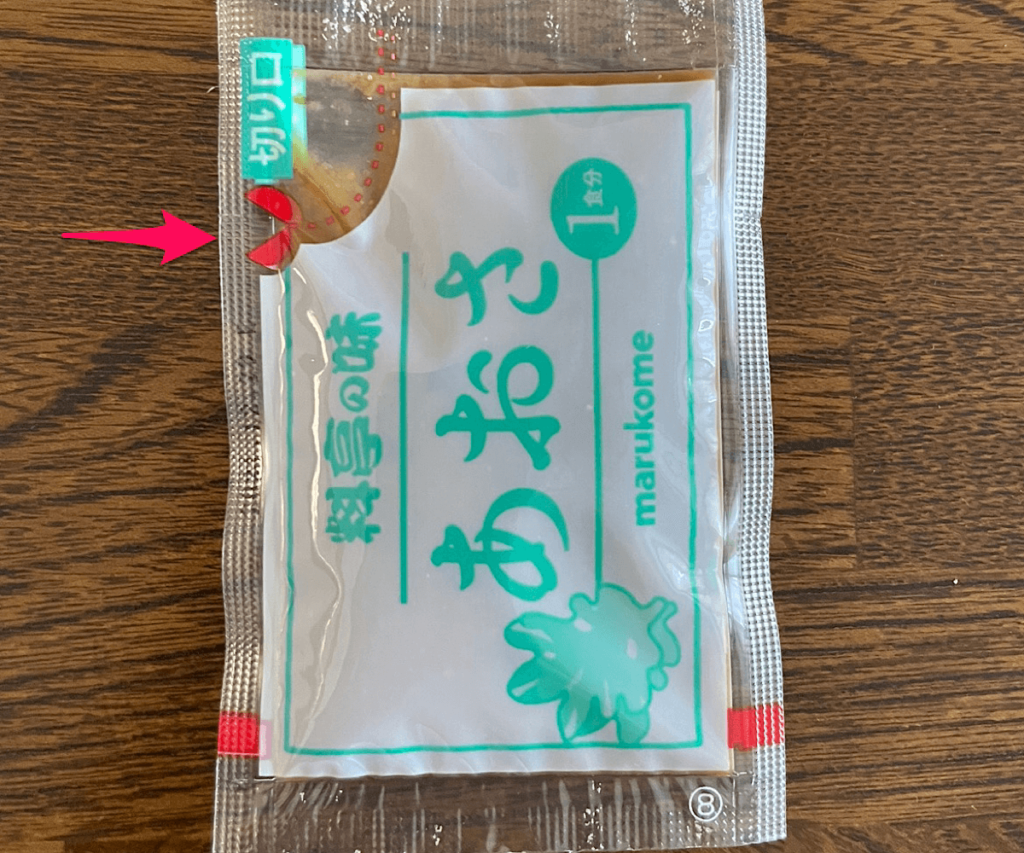
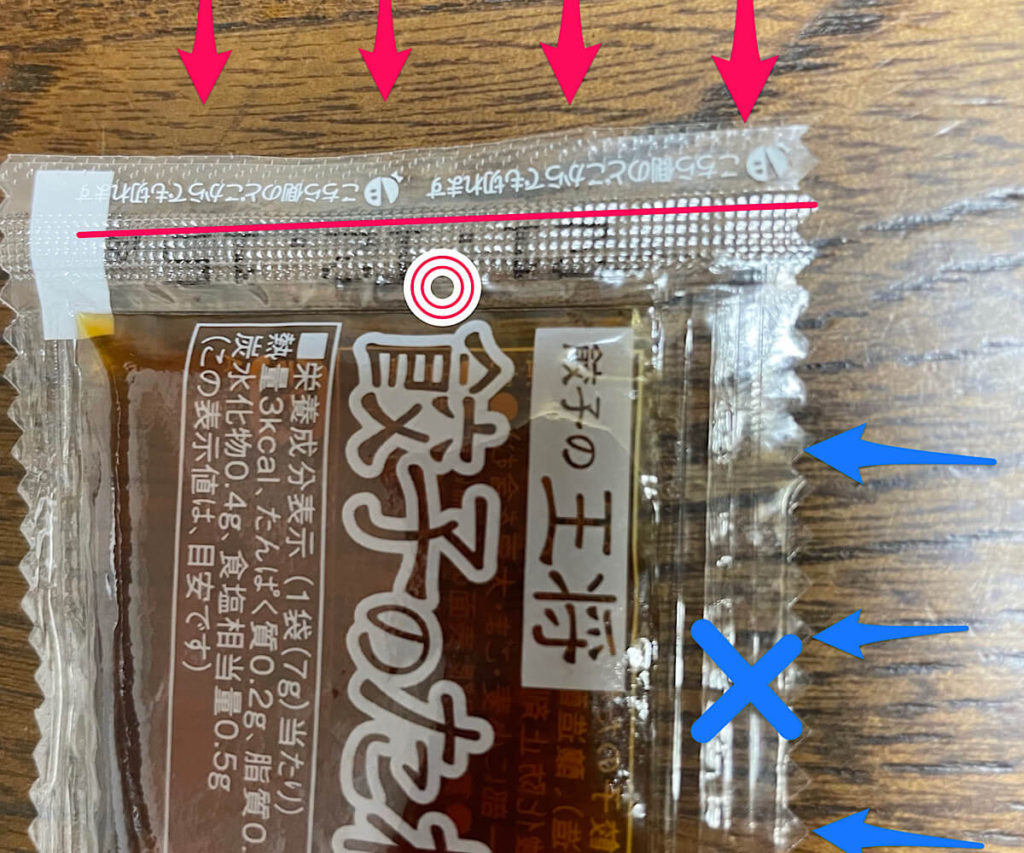
Open “here,” then you can open it easily. You don’t have to wash your hands because you got a piece of miso on your finger when you open it. You can’t cut beautiful if you cut at wrong part of the film. There are similar packages all over the world, but I’m skeptical about how comfortable they are to handle. Generally speaking, fermented foods like miso, cheese, kimchi, generate fermented gases from themselves, so it’s hard to pack them in film packages. A film requires applying a high gas barrier function, so the film has multiple layers. This means it will be hard to open. The harder you protect your castle, the harder it will be to get into. This is the most interesting development in this packaging. Japanese people are always trying to figure out solutions to conflicting problems for consumers. There is another package without a cutting line which means you can open it from anywhere on the package. So you can cut without scissors. This invention is from a Japanese chemical company.
3. Conflicting problems
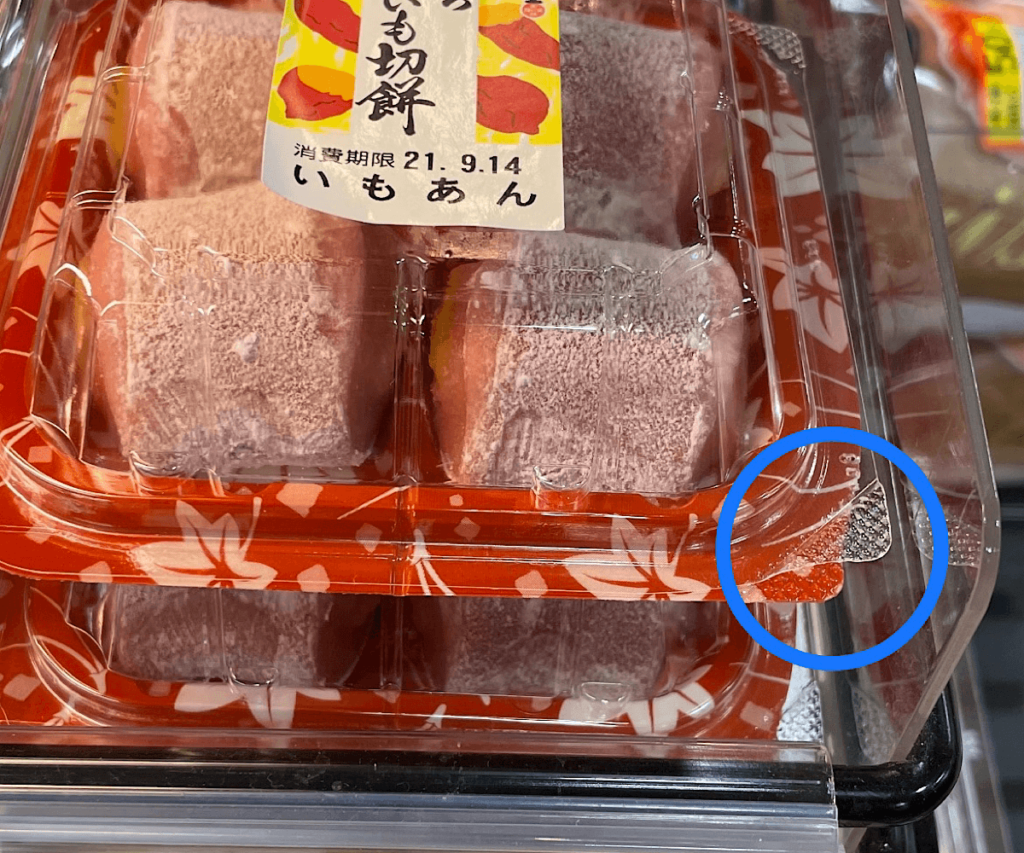
Can you see the gap? This part is to help to open it easily by lifting these parts. Japanese people are really picky about how easy it is to open packages, but people at supermarkets claim that all these packages are closed firmly. If the package is easy to open, then it’s going to be troublesome for consumers if they open and all the food comes out on their way home. I also think Japanese people are really self-indulgent. How spoiled we are! There is always a big potential market where we can find a way to remove people’s inconvenience. I think they always think of customer complaints as business opportunities. They can develop new products in that way.
4. Why does that have a zig-zagged edge?
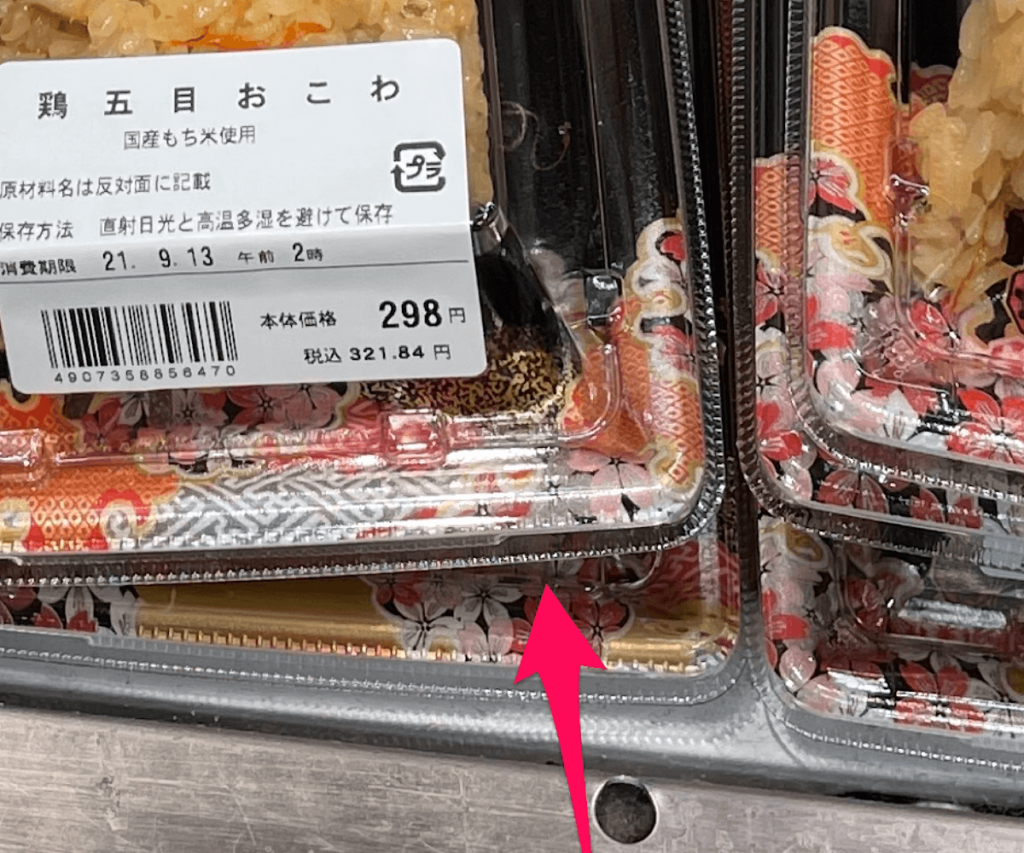
Why do you think it has a jagged edge? This is to prevent hurting your fingers when you open. Also, it can prevent damage to your bag or stuff when bringing it home. The edge of plastic packages usually have a sharp edge, so some companies implement this way. Reportedly it costs too much, so it doesn’t apply to all products.
5. Fleshly cooked
This package for “Onigiri” makes you happy to eat dried seaweed by following the instructions. You can taste crispy and a good flavor of seaweed. If it is done at the beginning, it’s going to be stuffy. I think it’s OK, but a crispy seaweed is the best, just like Grandma’s freshly-cooked Onigiri. One more thing, you don’t need to touch the food directly, so this package is useful for cleanliness.
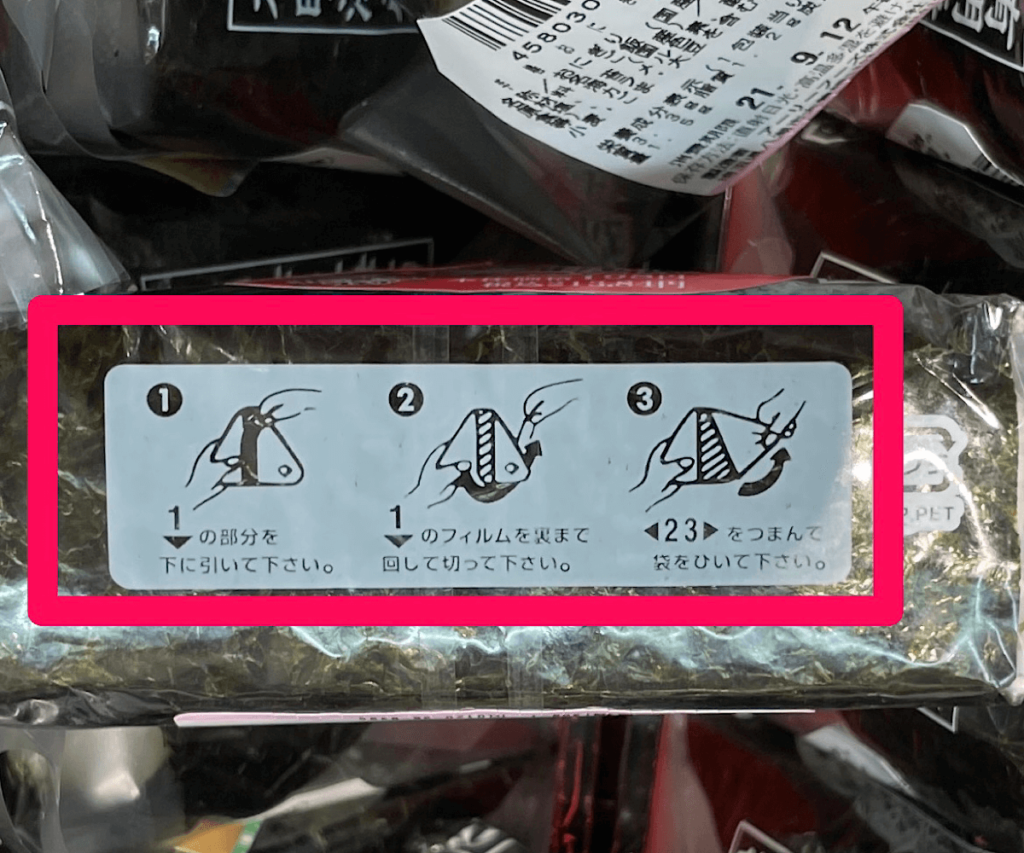
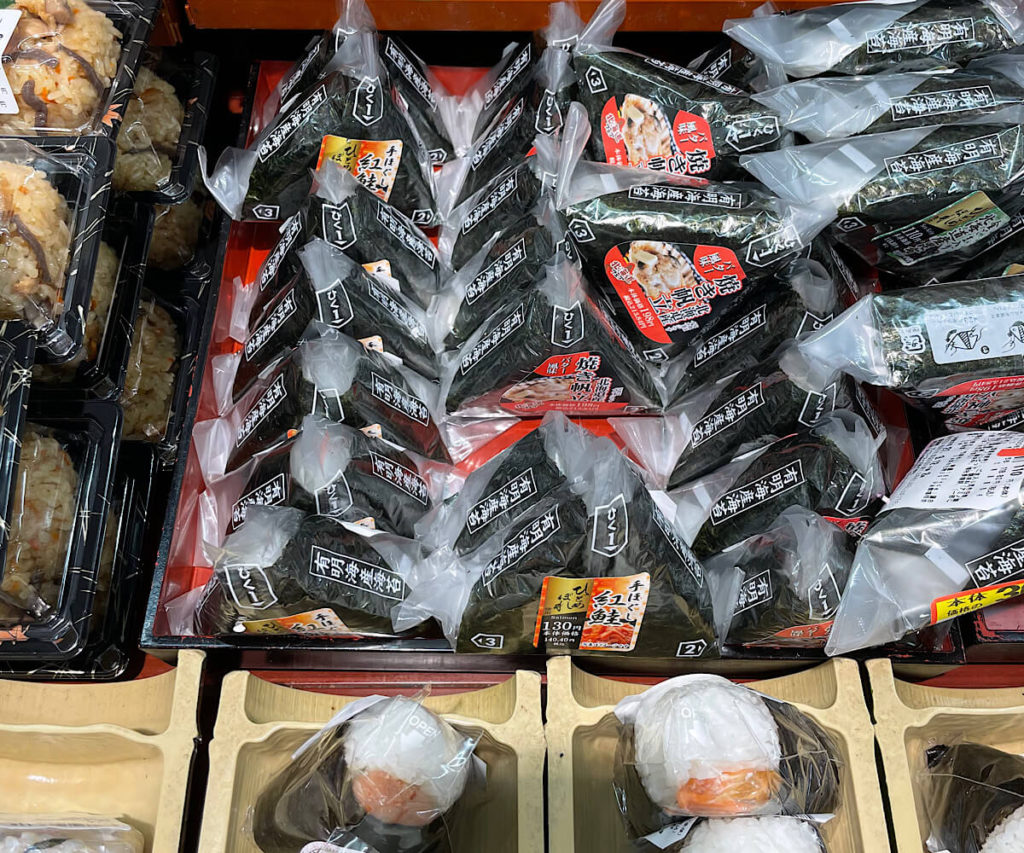
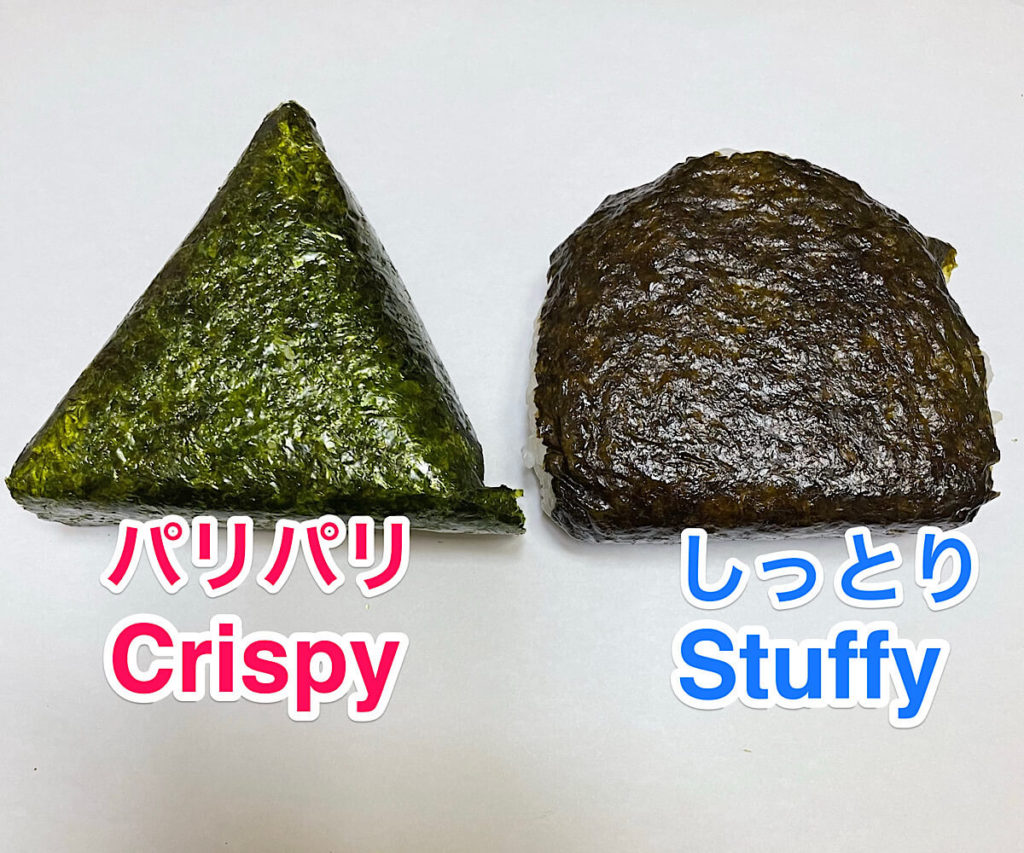

6. Plastic bottle of wine
It’s not an exaggeration to say that this is an extraordinary technology for Japanese chemical companies. Compared to the bottles used for soft drinks, creating the plastic bottles for alcoholic drinks is more challenging because the requirements for packaging alcohol are much stricter. For example, alcohol requires a higher degree of air-tightness so that the contents of the bottle don’t change. Plastic bottles, which are lightweight and portable, are useful in reducing carbon emissions. You can find that the label is easy to peel, so you can separate them when you recycle the bottles.
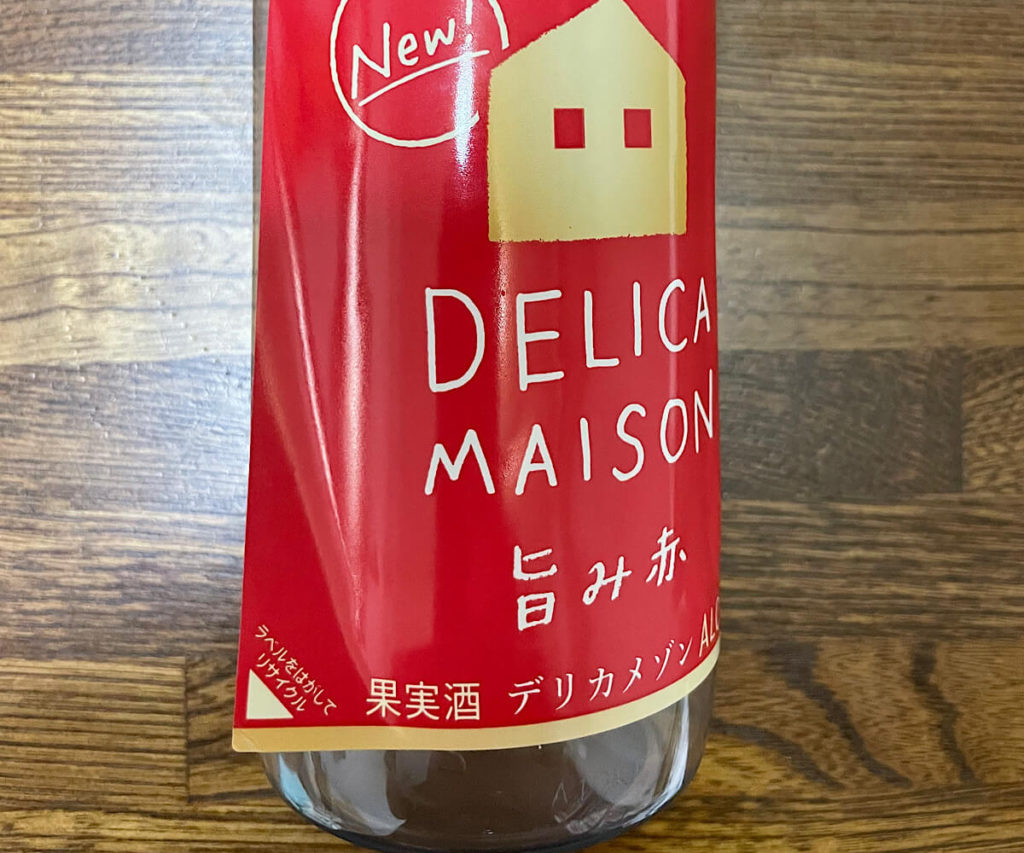
That’s all for today. Wouldn’t it be exciting if you usually saw food packaging have a lot of functions and it made you comfortable? Actually I have a lot of stories that I haven’t told you yet. Packaging companies bend over backwards to make sure consumers in Japan are having a good time. I have to tip my hat to those who are involved in this great work. Thank you for taking your time to read my article to the end. See you next time soon!
I worked at a trading company for many years. I live in Tokyo with my wife. Love skiing, traveling, IPAs, wine , X-treme sports, fashion, and learning English and Chinese.


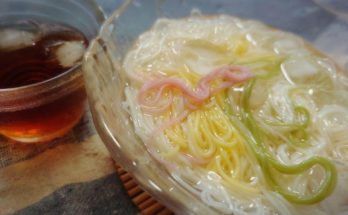
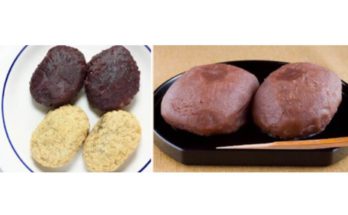

 HTJ has a YouTube page! Check it out
HTJ has a YouTube page! Check it out